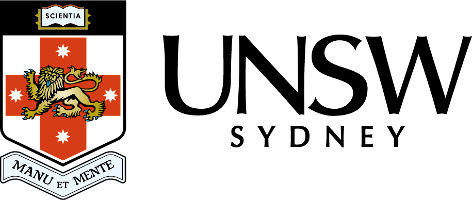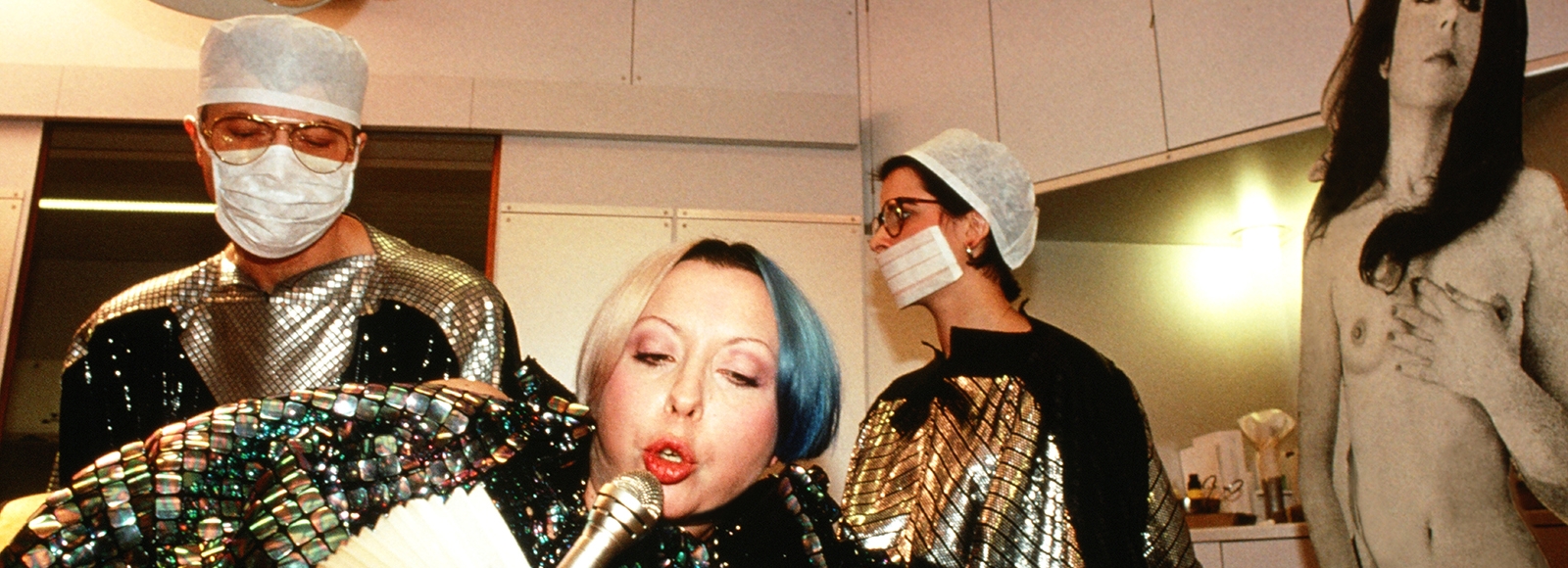The Patient
- When 3 Jun - 6 Aug 2016
- Where
-
Address
CNR OXFORD ST & GREENS RD PADDINGTON NSW 2021
-
Hours
TUES TO SAT, 10AM-5PM
-
Phone
+61 2 8936 0888
'The Patient' examines the embodied experience of the artist as medical patient, and the medical patient as living subject in contemporary art. The word patient has a dual meaning. It describes a state of being — of bearing a situation quietly, without complaint. It also describes a person in a hospital or clinical context, who is ill and undergoing diagnosis or treatment. The word originates from the Latin patiens, which means “suffering, enduring”. For the medical patient, it is a common enough experience to wait, with pain.
The exhibition explores the ways in which artists engage with powerful human experiences in the fields of health, biological science and medicine, contributing to discourse on the representation of illness, disease, care, individual agency and what it is to be human. Artists present new experimental works and ongoing projects across a range of media, connecting to us as viewers (and participants) in ways that are variously difficult, fearless, funny and sometimes unlovely.
Through the work of Australian and international artists, the exhibition deepens our own enquiries into illness and disease, life and death — how they manifest viscerally and psychologically, as well as socially and politically. Drawing on knowledge and research from a range of disciplines such as art, medicine and science, 'The Patient' explores how art has the capacity to impart new approaches to understanding the fluid and rapidly evolving 21st century society in which we live.
Artists
Ingrid Bachmann (Canada)
John A Douglas (Australia)
Brenton Heath-Kerr (Aus)
Carol Jerrems (Aus)
Eugenie Lee (Korea/Aus)
David McDiarmid (Aus)
Helen Pynor (Aus/UK)
Jo Spence (UK)
ORLAN (France)
John Wynne (UK)
Tim Wainwright (Aus/UK)
Bob Flanagan & Sheree Rose (US)
Guy Ben-Ary (US/Aus) with Nathan Thompson, Andrew Fitch, Douglas Bakkum, Stuart Hodgetts, Mike Edel
—
Curator
Bec Dean
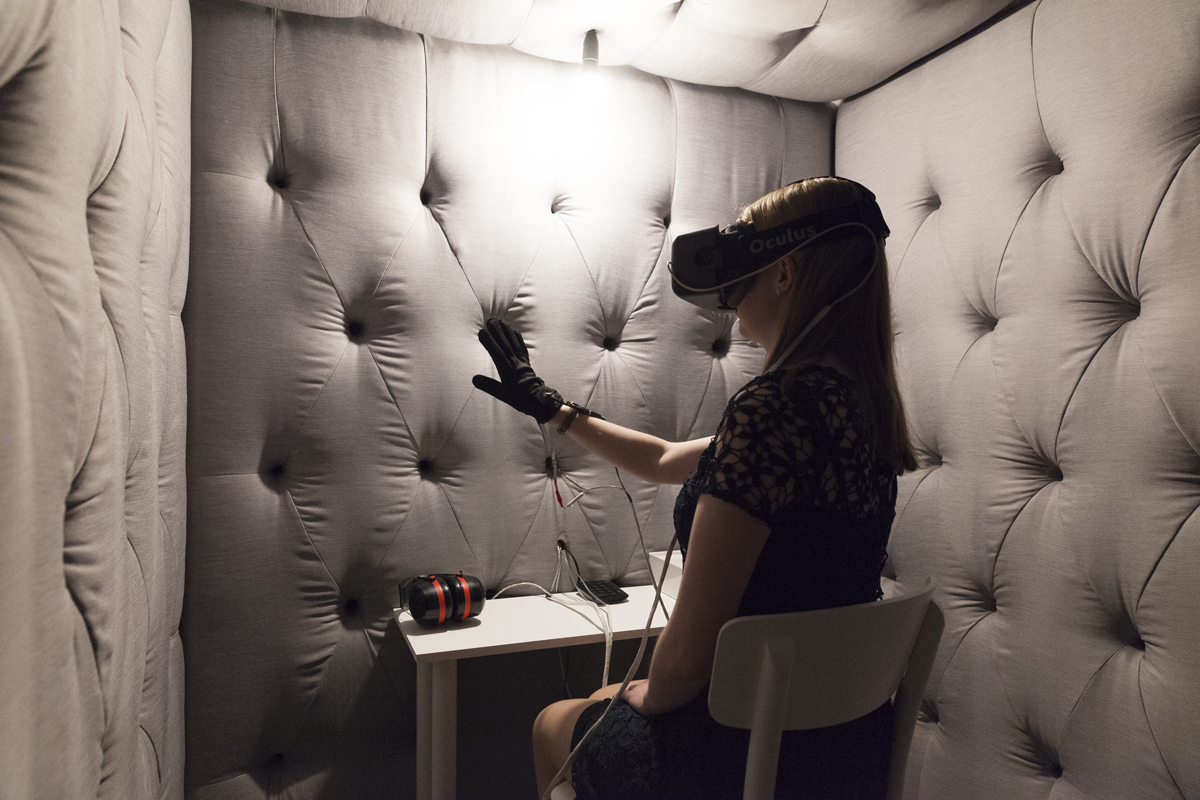
Eugenie Lee, Seeing is Believing 2016. Installation view, 'The Patient', UNSW Galleries, 2016. Photograph: Silversalt Photography

Jo Spence, Narrative of Dis-ease: Expunged, Exiled, Included, Excised and Expected 1990. Installation view, 'The Patient', UNSW Galleries, 2016. Photograph: Silversalt Photography
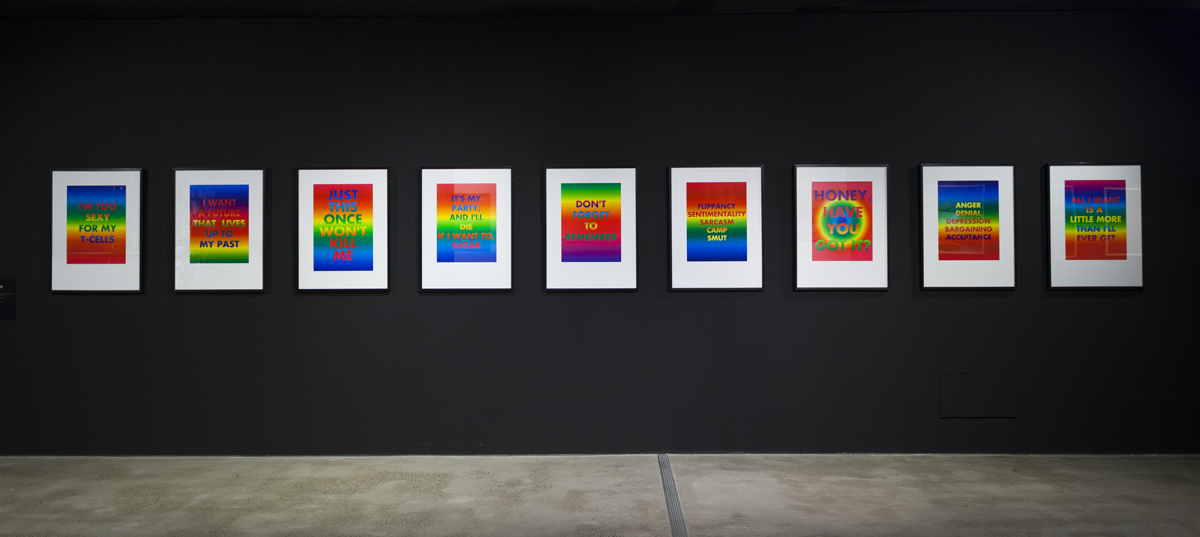
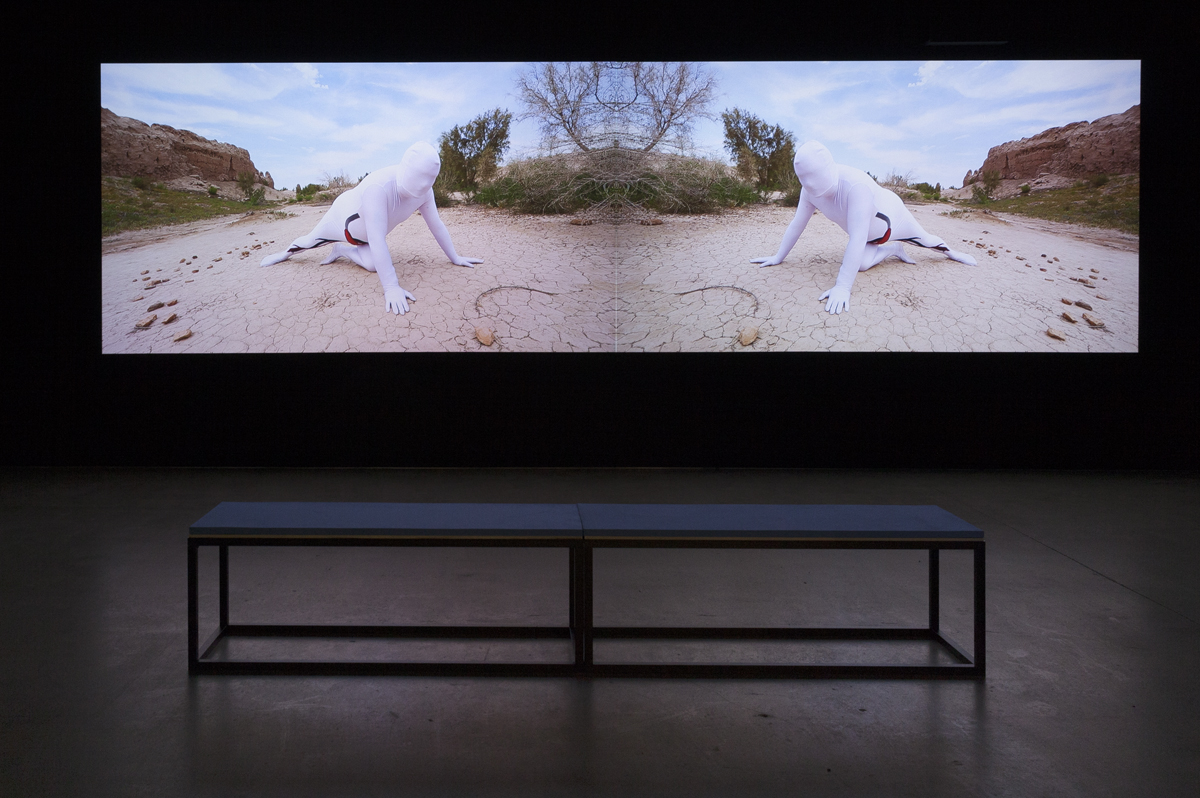
Public Programs
cellF
8pm Friday 10 – Sunday 12 June 2016, Cellblock Theatre, National Art School
UNSW Galleries presents the Sydney premiere of 'cellF' by Guy Ben-Ary, Nathan Thompson, Andrew Fitch, Darren Moore, Douglas Bakkum, Stuart Hodgetts and Mike Edel, with live performances by musicians Chris Abrahams, Ensemble Offspring, Jon Rose, Darren Moore and Clayton Thomas.
Using cutting edge bio-technologies, Guy Ben-Ary transforms his own skin cells into a functional neural network. His ‘external brain’ embodies a sound-producing body made of analogue modular synthesisers. This autonomous cybernetic musician is capable of sensing and responding to stimulations provided by human musicians, compelling audiences to consider the selective possibilities of the future human body.
The Patient Forum
10am Friday 24 June 2016, EG02 Lecture Theatre, UNSW Art & Design
Bringing together artists, doctors, historians, scientists and specialists, this forum enages in a cross-disciplinary discussion concerning key issues explored in the exhibition 'The Patient'.
In Conversation: Shree Rose
5pm Tuesday 2 August 2016, UNSW Galleries
Performance artist and widow of Bob Flanagan, Sheree Rose discusses her extraordinary body of work, her collaborative performances, and life after Bob with fellow performance artist and celebrated author, Fiona McGregor.
Catalouge Launch & Performance
5pm Thursday 4 August 2016, UNSW Galleries
Alongside the launch of 'The Patient' catalogue, this event also launches Dr Lindsay Kelly’s new book Bioart Kitchen: Art, Feminism and Technoscience (I. B. Tauris, 2016), and features the performance 'Ending' from Sheree Rose, Fiona McGregor and Victoria Spence.
The Public Patient
Developed by students in UNSW Art & Design’s Master of Curating and Cultural Leadership degree, 'The Public Patient' is a participatory program that provokes new ways of thinking about our relationship to sickness and health. Building on themes from 'The Patient', the program asks how art can offer insights into our experience of the medical world. What does it mean to be sick or well? How do images of the medicalised body influence our understanding of our own health? And how does our growing love affair with chemical cures turn our medicine cabinet into a cabinet of curiosities?
The Pill Box
The Pill Box is an evolving exhibit exploring our intimate relationship to medication. Put your old medicine containers to good use by contributing to an evolving collaborative display in 'The Patient'.
Are YOU Sick?
Participants are encouraged to draw, write and explore the ways in which they experience illness and treatment through a unique in-gallery iPad app.
Piecing it Together
1.30-4.30pm Tuesday 7 & 14 June 2016, UNSW Galleries
Dive into the hybrid cut-and-paste world of collage in 'Piecing it Together' – a collaborative workshop led by artist Deborah Kelly where participants are invited to reconfigure images from 'The Patient'. The workshops coincide with Kelly’s own solo exhibition in UNSW Galleries 'Scenes from the Death of Books'. Participants are encouraged to bring their own sourced imagery, photograph, and textual material to collage with.
The Screening Room
The Screening Room is a film series that explores the pulpy relationships between science and medicine. Drawing on themes from 'The Patient', the films probe the progression of medical and scientific ideas in popular culture and cinematic history, and grapple with the experiences of trauma, death, transformation, pain and the body.
Brand Upon the Brain!
6pm Wednesday 8 June 2016, The Courtyard, UNSW Art & Design
The Cabinet of Dr. Caligari
6pm Wednesday 22 June 2016, The Courtyard, UNSW Art & Design
Cries & Whispers
6pm Wednesday 20 July 2016, The Courtyard, UNSW Art & Design
Sick: The Life and Death of Bob Flanagan
6pm Wednesday 3 August 2016, Black Box, UNSW Art & Design
Seeing is Believing
Friday 3 June – Saturday 6 August 2016, UNSW Galleries
Eugenie Lee's experimental collaborative project Seeing is Believing conveys a type of chronic pain called Complex Regional Pain Syndrome (CRPS). Through a one-on-one interaction between the artist and a participant, the interactive performance installation conveys a metaphorical experience of chronic pain by manipulating each participant’s multisensory experience using the latest technologies. The project is based on neuroscience research showing that pain is integrated with the person’s environment, and can be influenced by many factors including vision, touch, hearing, expectations and previous experiences.
Seeing is Believing is an exercise to demonstrate that the brain can still produce perceptions of pain even in the absence of physical injury. It is also an artistic way of externalising an inherently internal experience, so that the audience can experience something of what it is like to have CRPS. Please note that this artwork is designed not to give pain to you, however it may or may not involve various types of discomfort depending on your response.
